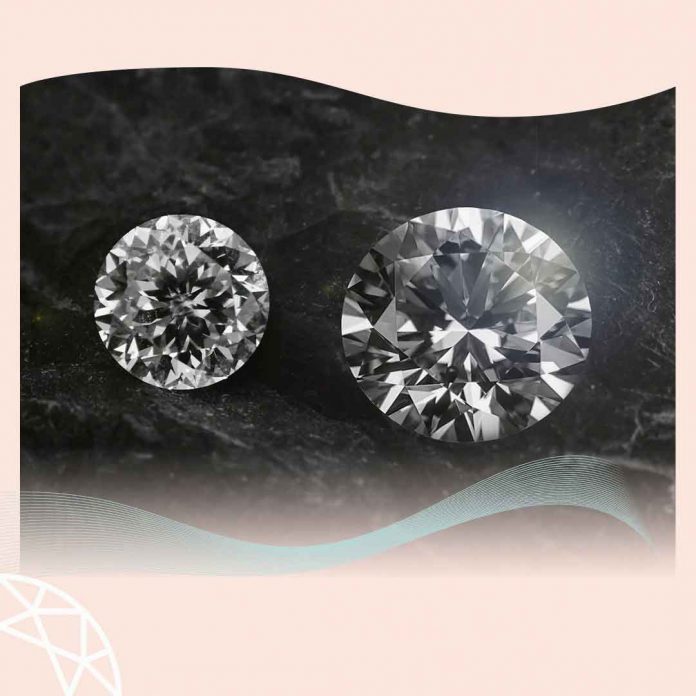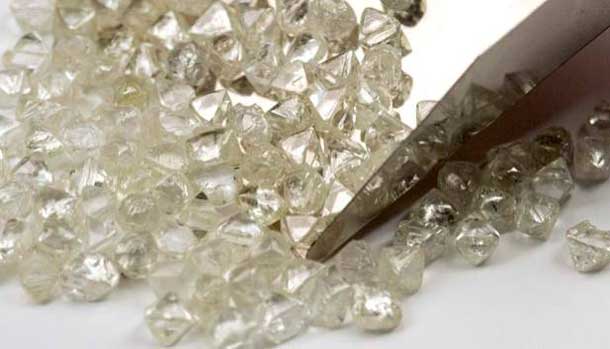The above idea is the first thing that comes to mind when hearing about the numerous advantages of lab-created diamonds. And this idea makes people look for a weak spot in the lab-grown product. Most likely, you happened to hear many so-called revealing facts about nature, quality, eco-friendliness, etc.
Evidently, there is no smoke without fire. Any thought has a kind of reasoning or can be true partially. Yet, being wise and media-literate people, we could not help but try to get to the truth.
So, we are going to debunk some misconceptions or beliefs about lab-created diamonds. Get ready to think critically.
Idea no 1. A gemstone that was not created by Nature could not be considered a diamond; it is artificial.
This idea is one of the most widespread since people believe that “natural or true” things should have a natural origin, all the others – artificial or, even, fake. There is no strange. It is a human mindset, we all use associations in our judgment. However, we need to verify them from time to time since times are changing and bringing us a new reality.
We appreciated natural things for a reason. For centuries people depended on nature and its gifts; clothes, food, all the items for housing -all this was given by the nature. That is why this link and this association are very strong.
But what do we have today? Is it using natural things like fur or leather so critically needed when we know the way to replicate them in an industrial way? You will agree that it is much better to produce eco-leather than kill animals.
So, why are we ready to refute the diamonds created in the laboratory just because they are not mined?
It is a rhetorical question. Lab-created diamonds are not naturally occurring but they are natural-identical in all the smallest details. They are made of the same material, grown under the same conditions, and have the same features as natural diamonds. This fact is confirmed by legal definition, certification evidence, and even tests in industrial applications. Natural diamonds are replaced by lab-created diamonds in many sectors. It means that their characteristics are identically suitable for the functions prior delivered by natural gems. It is a convincing fact, isn’t it?
Idea no 2. Lab-created diamonds are not eco-friendly
You might hear that growing diamonds in the laboratory is a resource-consuming process. It is said primarily about energy and water consumption.
Indeed, this statement has grounded reasoning. To grow the diamond in an industrial setting, producers should replicate the process conventionally occurring underground – high temperature and high pressure. They need electricity, huge volumes of electricity.
However, ….everything is relative. Fact is very eloquent, but let’s compare.
250 million joules per carat of lab-created diamonds are needed. And…attention!
538.5 million joules per carat of mined diamonds are used.
Do still consider that lab-created diamonds are energy-consuming?
To be absolutely honest, we want to show you an even more complex picture than just two figures. Different production methods indeed have different consumption volumes with certain advantages and disadvantages.
It is justly to say that the most energy-consuming is a Chemical Vapor Deposition (M-CVD) or microwave-assisted method of growing diamonds. The lowest rate of using energy is in High-Pressure High-Temperature (HPHT) technology. Mining is somewhere between these two.
Yet, mining is known for a high rate of water consumption while both methods of growing lab-created diamonds do not imply using much water.
Just two examples of facts and beliefs but they are very representative in terms of being open-minded.
One manager from Madestones joked that it is natural to love without questioning but we should unconditionally love only people, the things are needed to be inspected precisely since even ideal lab-created diamonds can have dark stories.
Just set the rule: if you have doubts – put questions, test facts, explore, and ask for confirmation!
Verify the diamonds’ story as well as the stories about them and you will see –the lab-created diamonds are indeed too cute to be true.




